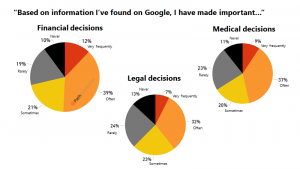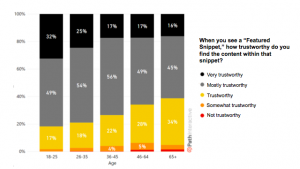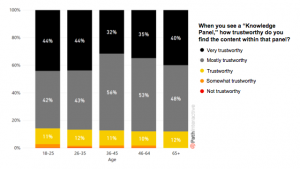Things aren’t great right now. As a Seattle-based company, we’re feeling the squeeze. Our office is just about empty, the buses haven’t been full in a week, and we just had to move our upcoming conference to virtual, instead of the Las Vegas rager we had planned. Since we’re figuring out how to run our business during this viral time, I decided to try and help you with some tips and tricks.
1. Adjust your GMB listing
The first thing you need to do is to let your customers know when you are and are not going to be available. If you’re shutting down your office for the foreseeable future, make that clear. Google has created a Google My Business advice doc for COVID-19 with instructions on how to update your listing.
2. Change your voicemail
Don’t expect people to know what’s going on. You will probably still get incoming calls, and if they get sent to voicemail during your listed working hours they will probably be upset. Leave a voicemail message with a number or email where they can reach you. Explain why you’re not in the office. If they don’t understand, they just don’t understand the severity of the situation.
3. Get ready to take calls remotely
Make sure you have online meeting capabilities. This means having access to quality wifi, a microphone that doesn’t make you sound like you’re shouting from the bottom of a well. Find a place where you can have a professional video call while working remotely. As a lawyer, you should be able to do a good chunk of your work from home. Don’t completely shut off consultations; if people are willing to trade in-person for over the phone, don’t throw that away.
4. Think long term
We don’t know how long this is going to last. Prepare for it to last a few months. How will your firm need to adapt? Maybe you’ll need to make your services more advice-based than representational if courts begin to shut down. Think about how you might need to stretch your operating budget and how you’ll keep getting clients. Everyone’s going to be hit hard by this, so at least you’re not alone.
We’re currently in a pandemic situation. We’ve heard some response that this is an overreaction, but since no one here is a health official we choose to take the health officials seriously when they say this is a crisis. It’s better to have an abundance of caution than pay the price for negligence.
If you are one of our clients and are wondering how to reach your account executive, send them an email or call their direct line. Calling into our mainline could easily get you to voicemail, and we want to avoid that.
 We reduced ticketing pricing by 60% of the full cost and will be sending out refunds in the next week.
We reduced ticketing pricing by 60% of the full cost and will be sending out refunds in the next week. 1) Aesthetic Usability Effect
1) Aesthetic Usability Effect



